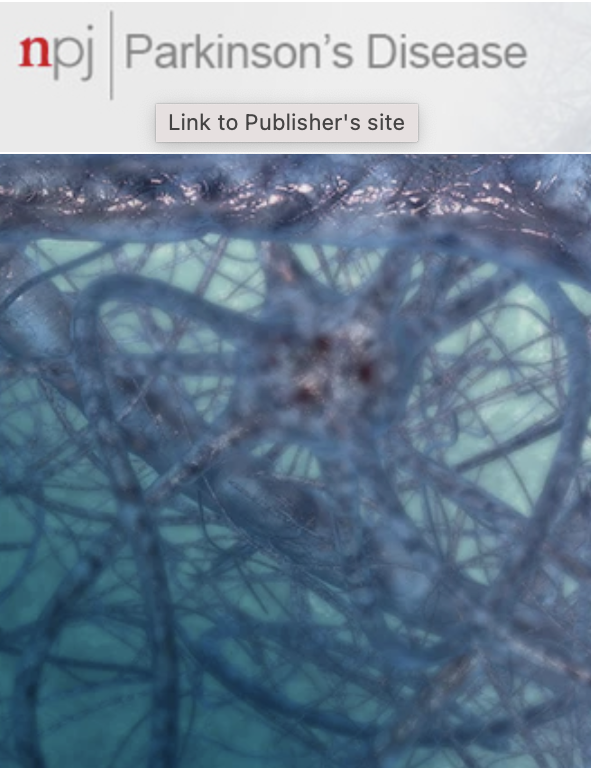细胞外囊泡的蛋白水解活性减弱了A-synuclein聚集。
IF 8.2
1区 医学
Q1 NEUROSCIENCES
引用次数: 0
摘要
细胞外囊泡(EVs)是释放到细胞外空间的纳米级脂质囊泡。我们研究了小鼠脑源性ev在α-突触核蛋白(α-syn)降解和病理传递中的作用。通过蔗糖梯度分离和生化鉴定,我们发现ev含有活性蛋白酶,可以裂解单体α-syn和预形成原纤维(pff)。蛋白酶活性和抑制剂分析鉴定组织蛋白酶B和S是介导这种裂解的关键酶。在体外和体内,ev介导的蛋白水解降低了α-syn pff的播种能力,而蛋白酶抑制则增强了α-syn pff的聚集。蛋白质组学分析显示EV货物中存在限制性蛋白酶库。我们的研究结果表明,ev通过蛋白水解调节细胞外α-syn水平,从而调节其朊病毒样传播潜能。我们认为ev代表了一种新的翻译后机制来调节细胞外α-syn的水平,从而可能影响α-syn病理的传播。靶向这种蛋白水解能力可能为减轻突触核蛋白病提供新的治疗干预措施。本文章由计算机程序翻译,如有差异,请以英文原文为准。
Proteolytic activities of extracellular vesicles attenuate A-synuclein aggregation.
Extracellular vesicles (EVs) are nano-sized lipid vesicles released into the extracellular space. We investigated the role of mouse brain-derived EVs in α-synuclein (α-syn) degradation and pathology transmission. Using sucrose gradient isolation and biochemical characterization, we found that EVs harbor active proteases that cleave both monomeric α-syn and pre-formed fibrils (PFFs). Protease activity and inhibitor profiling identified cathepsins B and S as key enzymes mediating this cleavage. EV-mediated proteolysis reduced the seeding capacity of α-syn PFFs in vitro and in vivo, whereas protease inhibition enhanced aggregation. Proteomic analysis revealed a restricted protease repertoire within EV cargo. Our findings suggest that EVs regulate extracellular α-syn levels via proteolysis, thereby modulating its prion-like spreading potential. We suggest that EVs represent a novel post-translational mechanism to regulate the levels of extracellular α-syn and may thus affect the spreading of α-syn pathology. Targeting this proteolytic capacity may offer new therapeutic interventions for mitigating synucleinopathies.
求助全文
通过发布文献求助,成功后即可免费获取论文全文。
去求助
来源期刊

NPJ Parkinson's Disease
Medicine-Neurology (clinical)
CiteScore
9.80
自引率
5.70%
发文量
156
审稿时长
11 weeks
期刊介绍:
npj Parkinson's Disease is a comprehensive open access journal that covers a wide range of research areas related to Parkinson's disease. It publishes original studies in basic science, translational research, and clinical investigations. The journal is dedicated to advancing our understanding of Parkinson's disease by exploring various aspects such as anatomy, etiology, genetics, cellular and molecular physiology, neurophysiology, epidemiology, and therapeutic development. By providing free and immediate access to the scientific and Parkinson's disease community, npj Parkinson's Disease promotes collaboration and knowledge sharing among researchers and healthcare professionals.
 求助内容:
求助内容: 应助结果提醒方式:
应助结果提醒方式:


